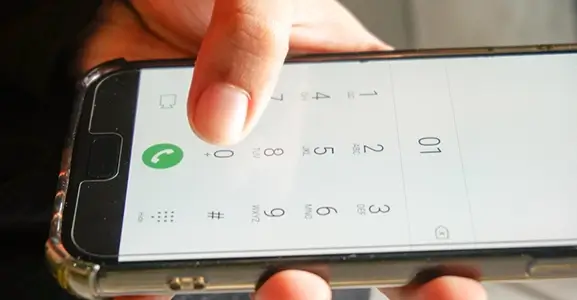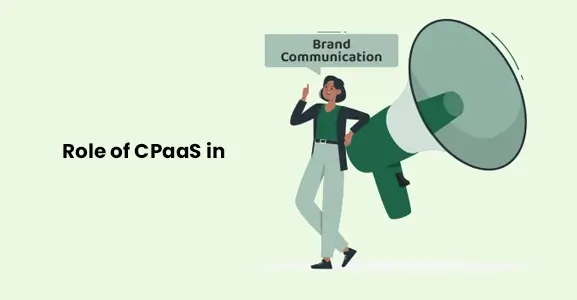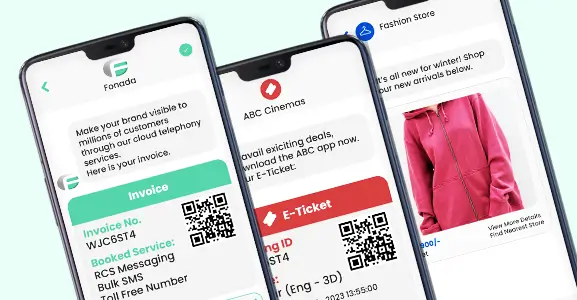Wondering what is CRD and why it’s important for businesses? CDR full form is Call Detail Records. It is designed to store all the statistics related to call logs transmitted through telephone exchanges or any other telecommunications equipment. The data is stored and maintained by the respective telephone exchange, which records call details such as call duration, call timings, the starting and ending points of calls, and the status of each call. CDRs are highly beneficial for telephone service providers as they contribute to revenue generation.
CDRs also serve a crucial purpose for VoIP service providers, enabling them to access files containing relevant information about call logs. These call statistics provide details on the starting and ending points of calls, call durations, IP usage periods, and applied charges for services.
This blog post focuses on the comprehensive functionality of CDRs and how they provide value for various purposes. If you wish to educate yourself about this technology and clear any doubts, we recommend reading the entire blog post curated by experts at Fonada to address all your queries.
Read More: What Is Direct Inward Dialing (DID) & How Does It Work?
So let’s get started…
What Is Call Detail Record (CDR)?
Call Detail Records (CDRs) typically include a wide range of information related to telecommunications transactions, such as phone calls, text messages, or data usage. The specific details included in a CDR may vary slightly depending on the telecommunications service provider and the type of service being recorded.
However, here are the common elements that CDRs typically include:
- Caller’s Phone Number: The phone number of the person initiating the call or communication.
- Recipient’s Phone Number: The phone number of the person receiving the call or communication.
- Date: The date on which the communication took place.
- Time: The time at which the communication started and ended, typically including the start and end times of the call.
- Call Duration: The length of time the call or communication lasted, usually measured in seconds or minutes.
- Call Type: Indicates the type of communication, whether it’s a voice call, text message (SMS), multimedia message (MMS), or data session.
- Call Direction: Specifies whether the call was incoming (received by the recipient) or outgoing (initiated by the caller).
- Location: The geographical location or cell tower where the call or communication was initiated or received. This is often represented by a cell ID or location code.
- Call Status: Indicates whether the call was successfully connected, dropped, or went to voicemail.
- Call Cost: The cost associated with the call or communication, which may include charges for minutes, texts, data usage, and any additional services.
- IMEI/IMSI: The International Mobile Equipment Identity (IMEI) and International Mobile Subscriber Identity (IMSI) numbers associated with the caller’s device. These identifiers help track devices and subscribers.
- Call Identifier: A unique identifier assigned to each call or communication for tracking and reference purposes.
- Call Routing Information: Details about how the call was routed through the network, including any intermediate switches or gateways.
- Quality Metrics: Information about the quality of the call, such as signal strength, packet loss, and jitter (for voice over IP calls).
- Additional Information: Depending on the service provider and system, CDRs may contain additional data, such as the device’s IP address for data sessions, the type of mobile device used, and more.
CDRs are essential for telecommunications service providers to manage their networks, bill customers accurately, and analyze call traffic patterns. Additionally, they play a crucial role in ensuring quality of service and compliance with regulatory requirements.
Read More: Business Communication: (Definition, Types & Objectives)
What Is CDR Report?
A Call Detail Record (CDR) facilitates the data entry process that comprehensively records all the information of a telecommunication interaction, whether a phone call or a text message.
It encompasses essential data points called call detail format are given below
- Date and time of the call occurrence
- Duration of the call in minutes
- Caller and recipient phone numbers
- Nature of the call (incoming, outgoing, toll-free)
- Total call cost, calculated per minute
- Call logs for IP telephony
In summary, a CDR report assists businesses in data associated with call flow in telecom regarding its source, timing, and method of calls, which is utilized for reporting and billing objectives.
What Is CDR Format?
The CDR format has fields such as:
- Call Start Time: The timestamp when the call was initiated.
- Call End Time: The timestamp when the call ended.
- Call Duration: The duration of the call in seconds or milliseconds.
- Calling Number: The phone number of the caller.
- Called Number: The phone number that was called.
- Call Termination Cause: The reason why the call ended (e.g., completed, no answer, busy).
- Call Type: Indicates whether the call was incoming, outgoing, or internal.
- Call ID: A unique identifier for the call.
- Call Result: Indicates the outcome of the call (e.g., answered, not answered).
- Call Direction: Specifies the direction of the call (e.g., inbound, outbound).
- Additional Information: Depending on the system, there may be other fields such as call quality metrics, location information, etc.
These fields are stored in a structured format (e.g., CSV, XML, JSON) to allow for easy processing and analysis by billing systems, monitoring tools, and other applications.
Read More: What Is Internet Communication & How Can We Communicate Over The Internet?
Top 12 Benefits Of Call Detail Records (CRDs) For Businesses
Call Detail Records (CDRs) play a crucial role in telecommunications and can provide numerous benefits to businesses.
Here are the top 10 benefits of CDRs for businesses:
1. Performance Analysis
Call Data Records provides detailed insights into call volume, duration, and frequency. Analyzing this data helps you evaluate the performance of your sales and customer service teams. You can identify trends, peak calling times, and areas for improvement.
2. Customer Insights
It can reveal valuable information about your customers. You can track callers’ demographics, location, and products or services they inquire about. This information can help you tailor your marketing efforts and customer service to meet their needs better.
3. Cost Optimization
By understanding call patterns and call lengths, you can optimize your resources. For example, if you notice that most calls occur during specific hours, you can schedule staff accordingly. This can help reduce labor costs while maintaining excellent customer service.
4. Quality Control
CDR often includes call recordings and transcripts. These can be used for quality control and training purposes. You can review calls to ensure employees follow company protocols and provide excellent customer service.
5. Identify Popular Products/Services
You can identify which products or services are in high demand by tracking the types of calls received. This information can guide your inventory management and marketing strategies.
6. Monitor Marketing Campaigns
If you run marketing campaigns that include phone numbers for inquiries, a call detail record can show which campaigns are generating the most calls. This helps you assess the effectiveness of your marketing efforts and allocate resources accordingly.
7. Customer Feedback
Call recordings and transcripts can serve as a source of valuable customer feedback. You can identify common complaints or concerns and proactively address them.
8. Compliance And Legal Support
In some industries, CDRs are essential for compliance and legal purposes. They provide a record of customer interactions, which can be crucial in disputes or regulatory audits.
9. Improved Decision-Making
CDR Empowers you to make data-driven decisions. Whether it’s adjusting staffing levels, refining your marketing strategy, or enhancing customer service, having access to comprehensive call data can lead to more informed and effective business decisions.
10. Fraud Detection And Prevention
CDR telecom can be used to identify unusual or suspicious call patterns, helping businesses detect and prevent fraud, such as unauthorized long-distance calls or toll fraud.
11. Billing And Revenue Generation
CDRs are instrumental in accurately billing customers for their usage of telecommunications services, ensuring that businesses are compensated for their services.
11. Capacity Planning
CDRs can assist in determining peak call times and traffic patterns, enabling businesses to plan for network capacity and resource allocation.
12. Quality Of Service (QoS) Monitoring
CDRs can be used to monitor the quality of calls and ensure that service level agreements (SLAs) are met, which is especially important for businesses providing critical communication services.
In summary, Call Detail Records are a valuable tool for businesses to manage costs, improve service quality, enhance security, and gain insights into customer behavior. Leveraging CDR data effectively can lead to more efficient and profitable telecommunications operations.
Read More: What Is PSTN? (Public Switched Telephone Network) How Does It Work?
Who Can Access Call Detail Records (CDRs) ?
Access to CDRs is subject to legal regulations, industry standards, and the policies of the telecommunications service providers that generate and store these records.
The following entities or individuals may have access to CDRs:
1. Telecommunications Service Providers
The companies that provide phone services are the primary custodians of CDRs. They need access to these records for billing purposes, network management, and troubleshooting.
2. Government And Law Enforcement Agencies
In many countries, government and law enforcement agencies have legal authority to access CDRs under certain circumstances, such as during criminal investigations, national security concerns, or in response to court orders, subpoenas, or warrants. Access may be granted to specific records or for specific purposes, and it is often subject to strict legal oversight.
3. Regulatory Bodies
Some regulatory agencies or commissions responsible for overseeing telecommunications may have access to CDRs to ensure compliance with industry regulations and standards.
4. Subscribers
Subscribers to telephone services may have access to their own CDRs for the purpose of reviewing their call history and billing details through customer portals or by contacting their service provider’s customer support.
5. Courts And Legal Parties
CDRs may be used as evidence in legal proceedings, and access to these records may be granted to courts, lawyers, and parties involved in litigation, subject to legal procedures and protections for privacy.
6. Third-Party Service Providers
In some cases, third-party service providers, with proper authorization, may access CDRs to provide services such as call analytics, fraud detection, or billing verification to telecom companies.
7. Emergency Services
CDRs may be accessed by emergency services, such as 911 or equivalent emergency numbers, to locate callers and respond to emergencies effectively.
Conclusion
Call Detail Records (CDRs) are invaluable assets for businesses. They offer insights into communication patterns, helping companies enhance customer service, optimize operations, and make data-driven decisions. CDRs empower businesses to analyze call data, reduce costs, and ultimately drive growth, making them an indispensable tool in today’s competitive landscape.
FAQs
A CDR, or Call Detail Record, is a digital record of a telecommunication transaction, including information about a phone call, text message, or data usage.
CDR full form is Call Detail Records.
CDRs are crucial for billing accuracy, network management, fraud detection, and performance analysis in the telecommunications industry.
By monitoring CDRs for unusual call patterns or unauthorized access, telecom companies can identify and prevent fraudulent activities.
CDR contains information about a phone call, including call duration, date and time, caller and recipient numbers, and any additional data related to the call’s network routing and status.
CDRs are used for network capacity planning, troubleshooting, and optimizing network performance by analyzing call traffic patterns.
CDRs are used to calculate the cost of calls, messages, or data usage for customers. They help ensure accurate billing based on usage.
An example of a call detail record (CDR) includes the caller’s phone number, recipient’s phone number, call start and end times, call duration, and any associated call fees.
To get call detail records (CDRs), contact your phone service provider. They can provide CDRs upon request, often through your account portal, customer service, or a written request process.
In India, you can request call records for a mobile number by contacting the respective mobile service provider, submitting a formal request, and providing the necessary identification and justification for access.
In many cases, individuals can request access to their own CDRs from their service providers for personal usage monitoring or dispute resolution.
Call Detail Record format example includes fields such as Caller ID, Call Start Time, Call End Time, Call Duration, Dialed Number, Call Direction (Inbound/Outbound), Call Result (Answered, Missed, Busy), and Call Cost. Each field provides detailed information about a phone call, facilitating billing, analysis, and monitoring in telecommunications systems.
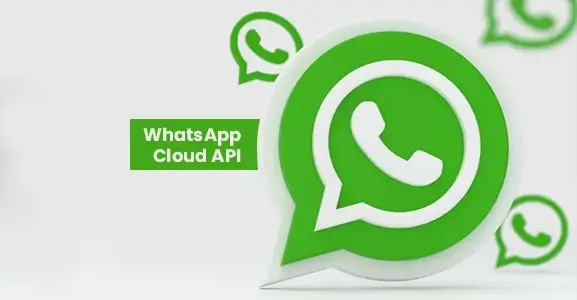
Jun 20, 2024
What is WhatsApp Cloud API? A Complete Guide (2024)
Are your marketing efforts falling short? Not driving the expected results? You're not alone.... Read More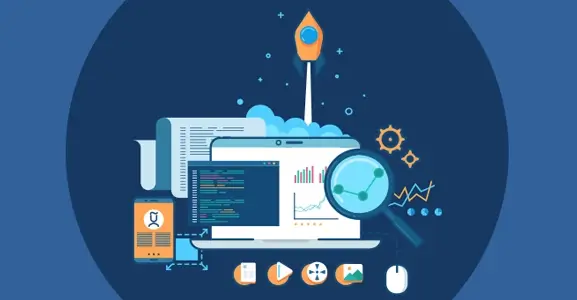
Jun 20, 2024
Top Contact Center Optimization Tools For 2024
“A thriving business knows how to fetch maximum output from limited resources by optimizing ca... Read More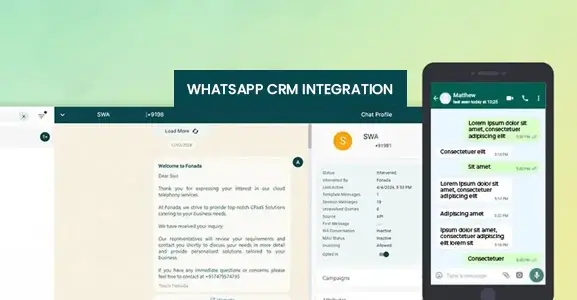
Jun 15, 2024
WhatsApp CRM Integration: How to integrate with existing CRM?
WhatsApp is a widely used social media platform, renowned for its ease of messaging and convenience... Read MoreLatest Updates
From Fonada
Industry Insights, Trends, Innovations, Updates, and Case Studies from Industry Experts
View
Customer
Reviews
Discover why our customers love us - read their authentic and heartfelt reviews!
View
Case
Studies
Explore real-life scenarios, offering analysis, and solutions to practical challenges
View
Convert Leads Into Sales With Fonada
Trusted CPaaS Solution Provider

